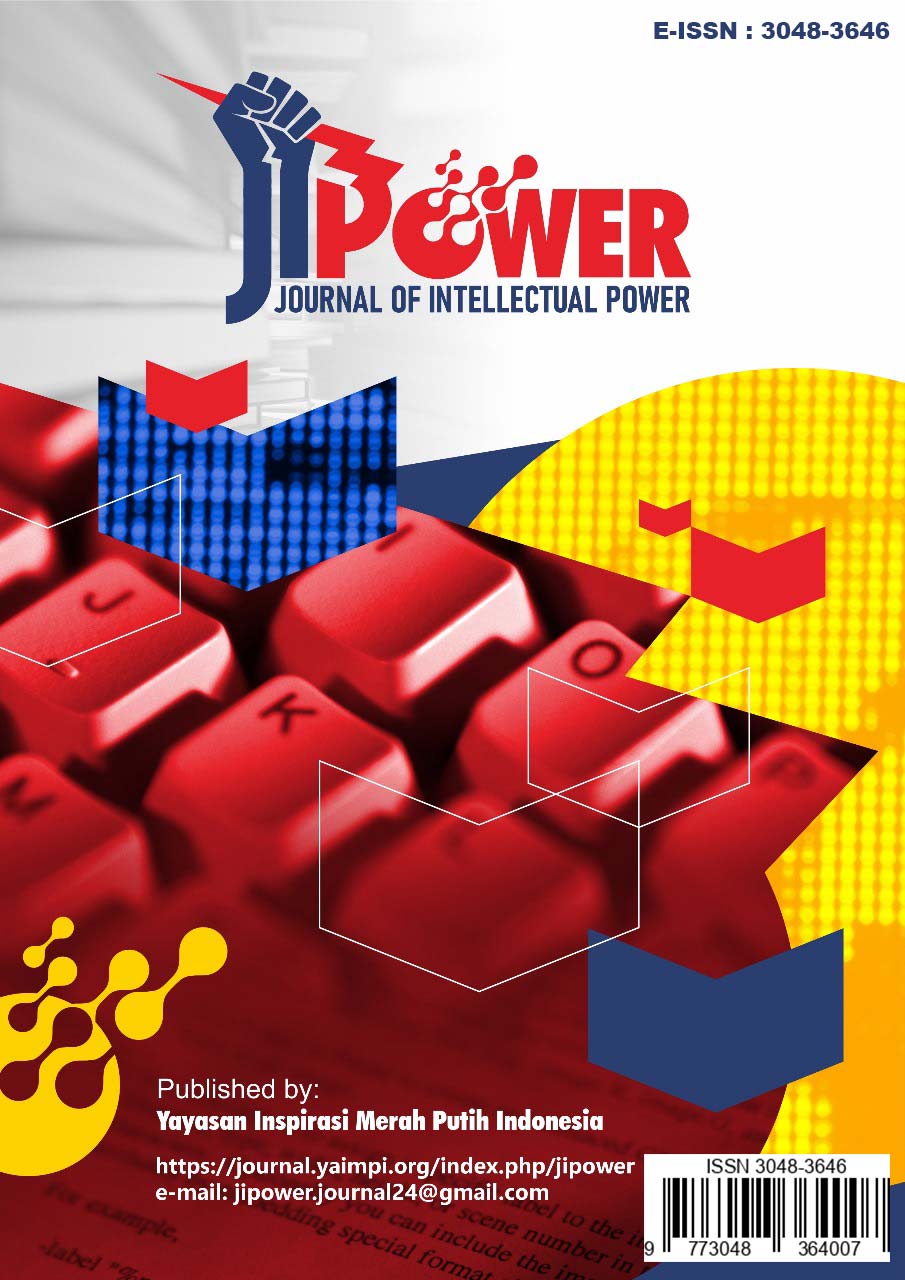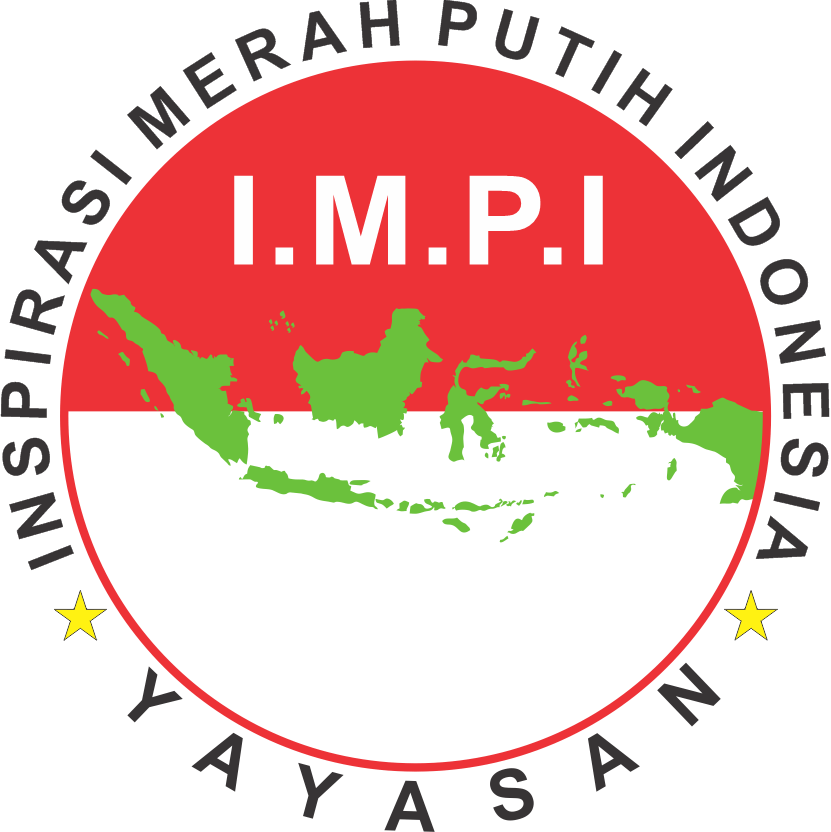Lighthouse Modernization through Unmanned Systems: Advancing Maritime Navigational Safety
DOI:
https://doi.org/10.63786/jipower.v2i1.34Kata Kunci:
Lighthouse, Maritime Navigation Safety, Unmanning SystemAbstrak
Lighthouses are crucial part of Aids to Navigation, playing a vital role in ensuring maritime safety in Indonesian waters. Currently, lighthouse operations still rely on human resources, Lighthouse Keepers and Technicians, who are stationed in outposts and face various operational challenges. This condition necessitates the modernization of lighthouse management systems to enhance efficiency and adaptability in maritime safety challenges. This study explores the concept of an unmanned system as an optimal solution for lighthouse operations by leveraging technologies such as satellite-based monitoring applications, drones, and hazard detection radar. Through the implementation of this system, lighthouses can be managed remotely without the need for continuous on-site personnel presence. The proposed operational model not only improves the efficiency of lighthouse monitoring and maintenance but also minimizes safety risks for field personnel. This idea was first introduced by Hendaviny Kartomo, SE, M.Kom, a famous marine transportation professional who is the Head of Distrik Navigasi Tipe A Kelas II Banjarmasin. The notion has been presented at several internal maritime transportation forum. With this modernization, it is expected that maritime navigation safety and efficiency in Indonesia will be significantly enhanced.
Unduhan
Referensi
Amin, H. (2022). Pengembangan Sistem Pemantauan Remote Lighthouse Berbasis IoT pada Wilayah Pesisir Selatan Jawa. Jurnal Teknologi Maritim, 14(2), 55–67. https://doi.org/10.14710/jtm.v14i2.3012
Badan Informasi Geospasial. (2020). Laporan Kondisi Infrastruktur Navigasi di Wilayah Pesisir. Jakarta: BIG Press.
Geels, F. W. (2002). Technological transitions as evolutionary reconfiguration processes: A multi-level perspective and a case-study. Research Policy, 31(8–9), 1257–1274. https://doi.org/10.1016/S0048-7333(02)00062-8
Hughes, T. P. (1987). The evolution of large technological systems. In W. E. Bijker, T. Hughes, & T. Pinch (Eds.), The social construction of technological systems (pp. 51–82). MIT Press.
IALA (International Association of Marine Aids to Navigation and Lighthouse Authorities). (2021). IALA Guideline 1089 on the Design and Delivery of e-Navigation Services. Saint-Germain-en-Laye: IALA. https://www.iala-aism.org/
IMO (International Maritime Organization). (2014). e-Navigation Strategy Implementation Plan (SIP). MSC 94/18/5. https://www.imo.org/
Kementerian Perhubungan Republik Indonesia. (2011). Peraturan Menteri Perhubungan No. PM 25 Tahun 2011. Jakarta: Kemenhub.
Kurniawan, D. A., & Sari, M. I. (2021). Evaluasi Risiko Navigasi Akibat Pendangkalan Sungai di Wilayah Kalimantan Selatan. Jurnal Transportasi dan Logistik Maritim, 6(1), 23–31. https://doi.org/10.25077/jtlm.6.1.23-31.2021
Lembaga Penerbangan dan Antariksa Nasional (LAPAN). (2020). Pemanfaatan Citra Satelit dalam Sistem Navigasi Pelayaran Nasional. Jakarta: LAPAN Press.
Munandar, A., & Hidayat, B. (2020). Analisis Kecelakaan Kapal Penumpang sebagai Akibat Kurangnya Sistem Navigasi di Perairan Nusantara. Jurnal Keselamatan Transportasi Laut, 11(2), 74–85. https://doi.org/10.1007/jktl.v11i2.124
Supriyadi, T. (2019). Potensi Implementasi Lighthouse Automation di Wilayah Timur Indonesia. Jurnal Inovasi Maritim, 5(1), 40–51. https://doi.org/10.21070/jim.v5i1.740
Widodo, R., & Lestari, N. P. (2022). Reformulasi Kebijakan Pengawasan Navigasi Maritim Berbasis Teknologi. Jakarta: LIPI Press.
Unduhan
Diterbitkan
Cara Mengutip
Terbitan
Bagian
Lisensi
Hak Cipta (c) 2025 Shaffiyah Cantika Kamia

Artikel ini berlisensiCreative Commons Attribution-ShareAlike 4.0 International License.














